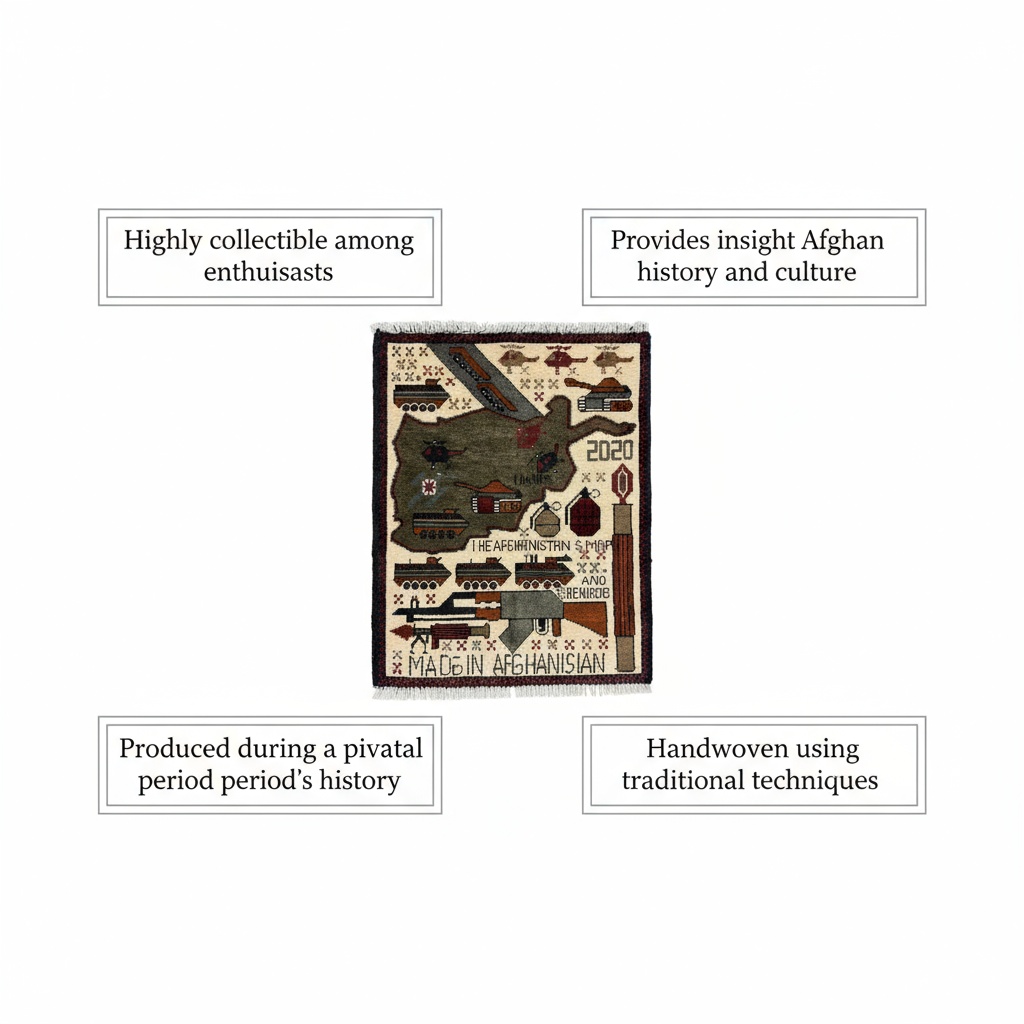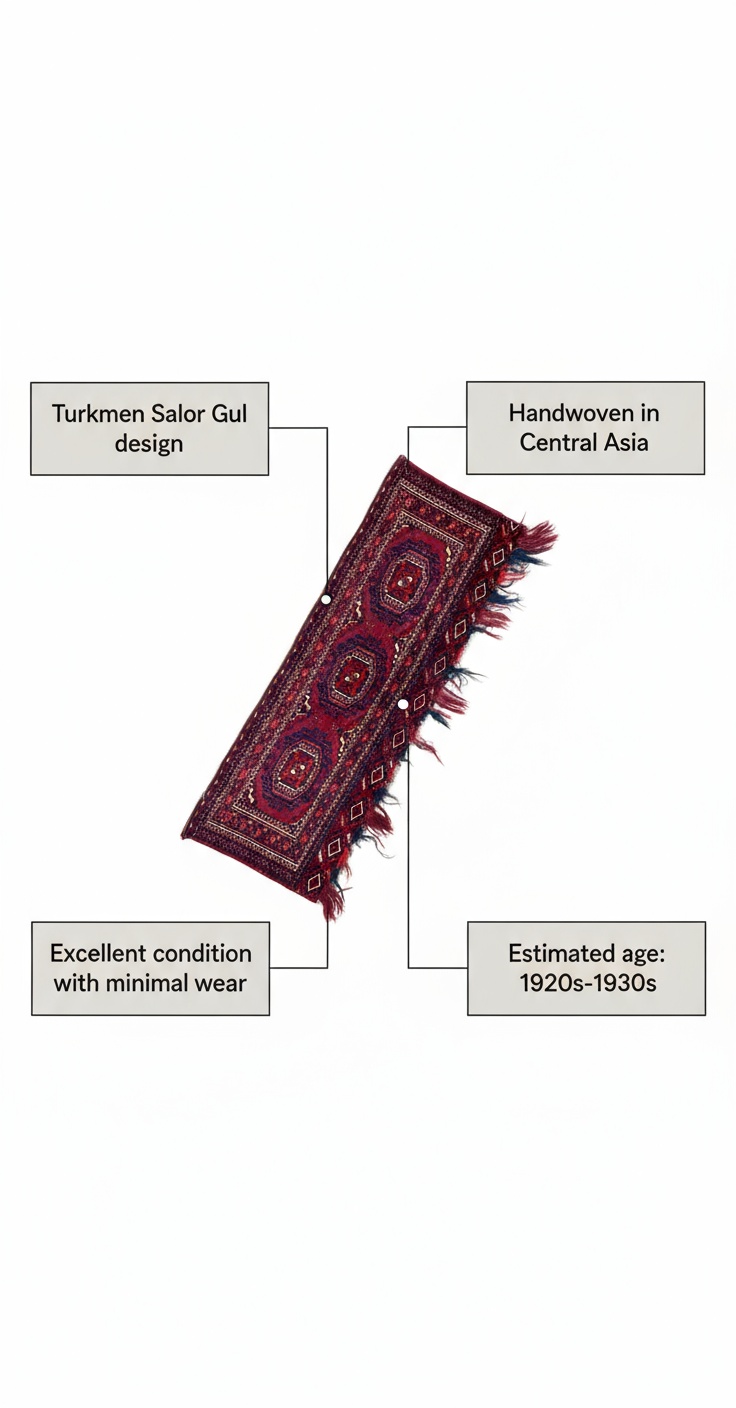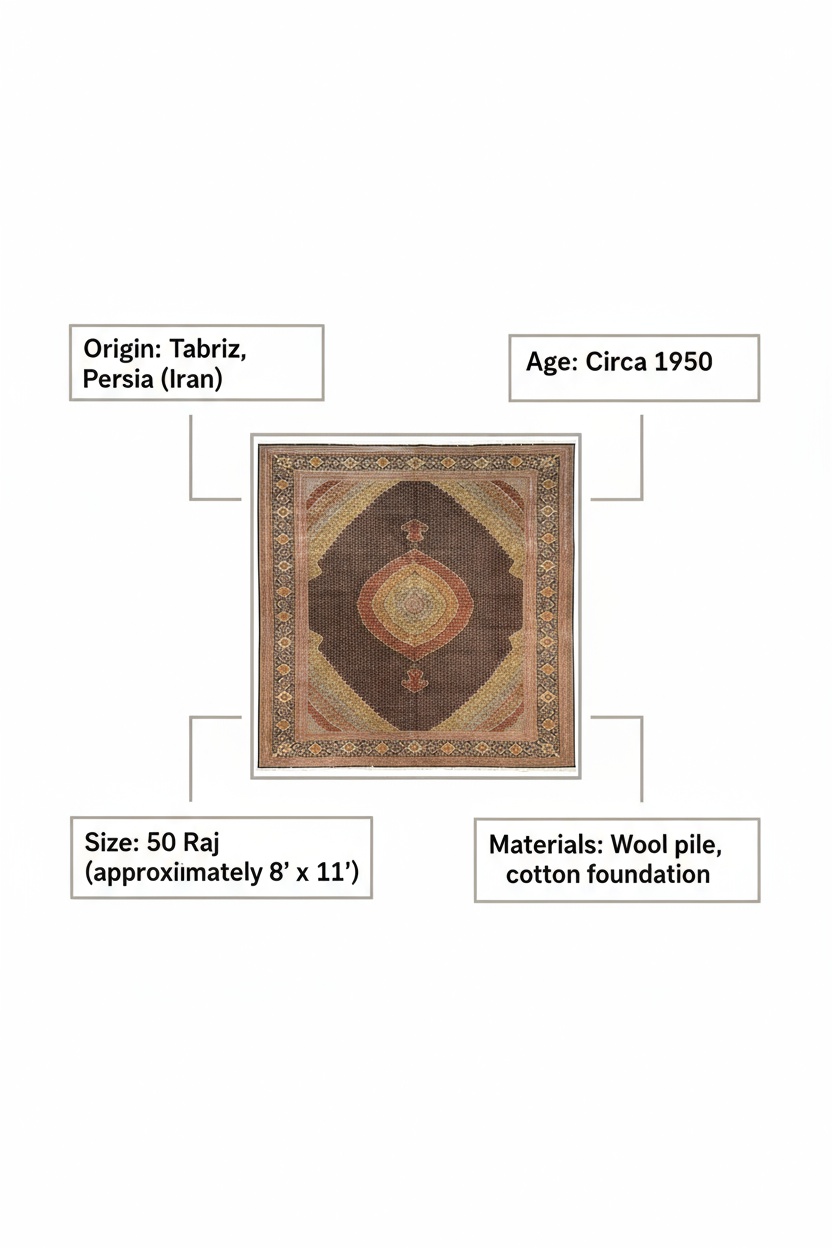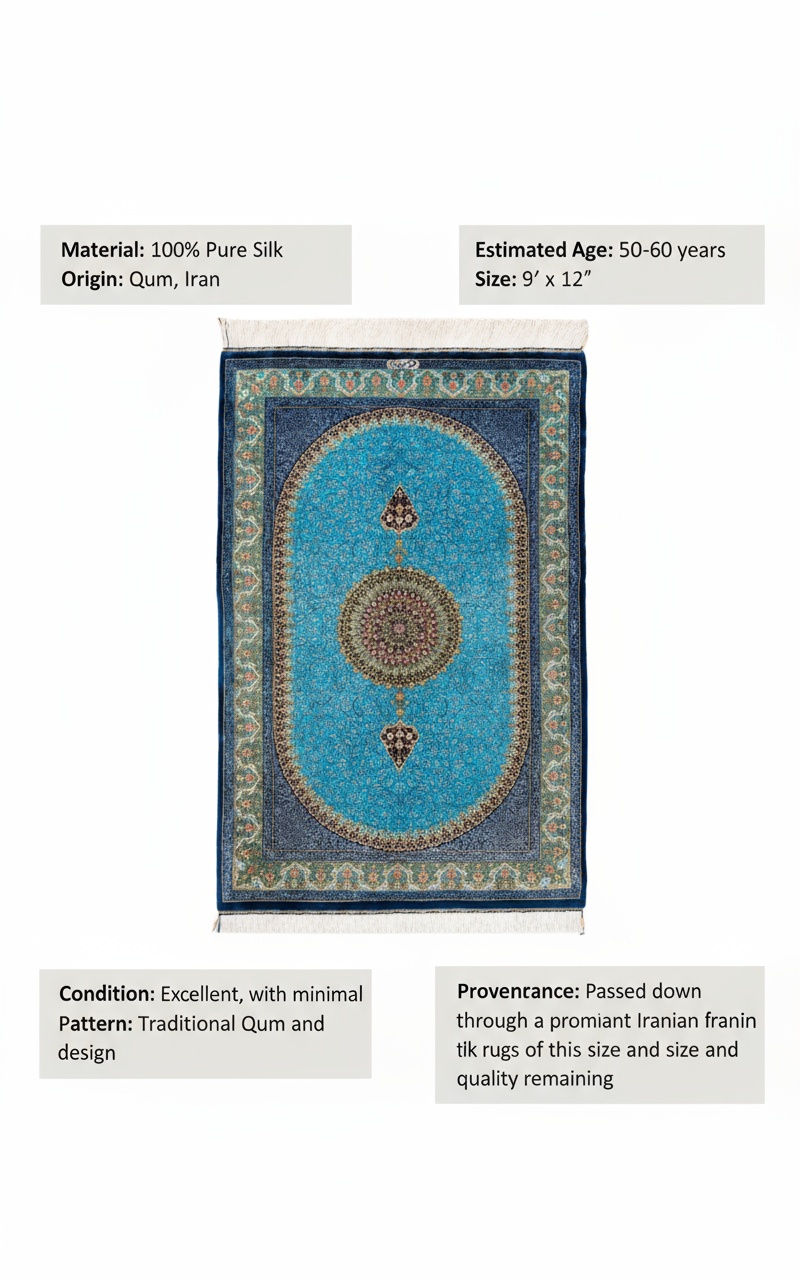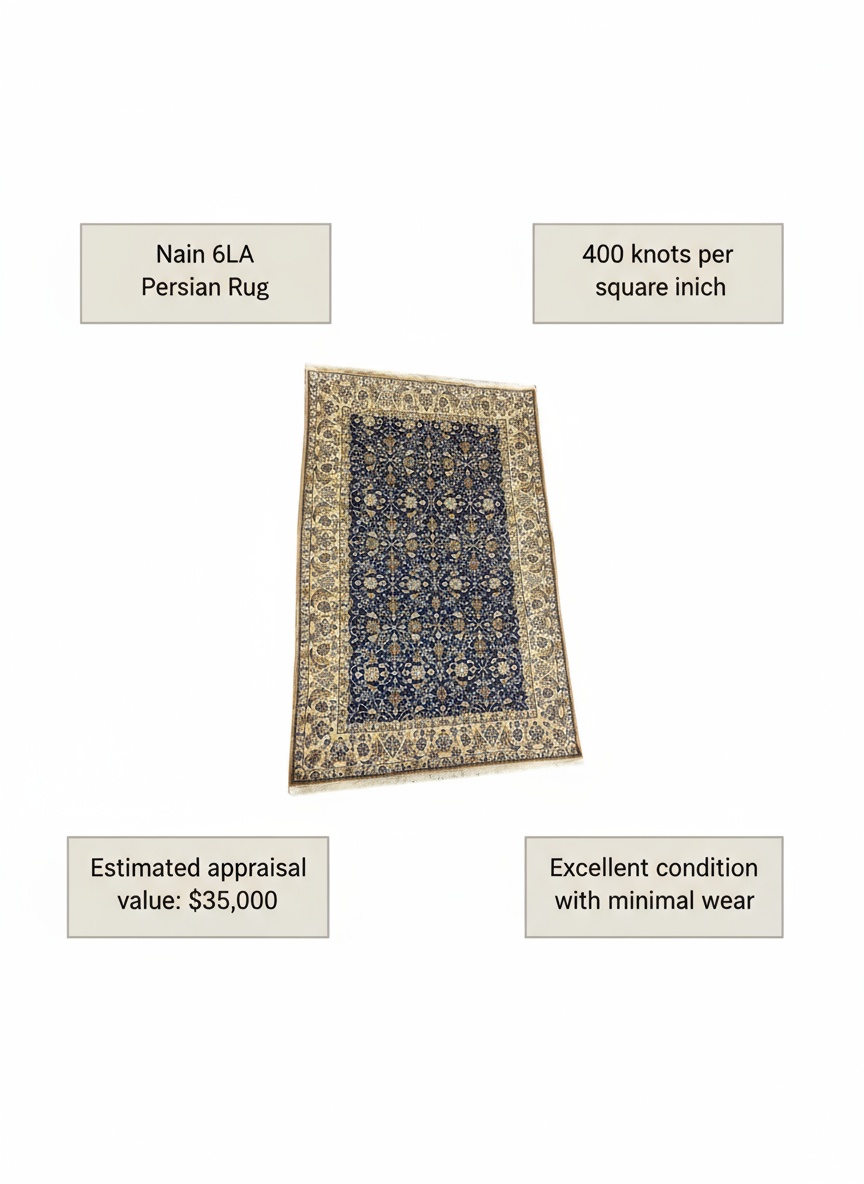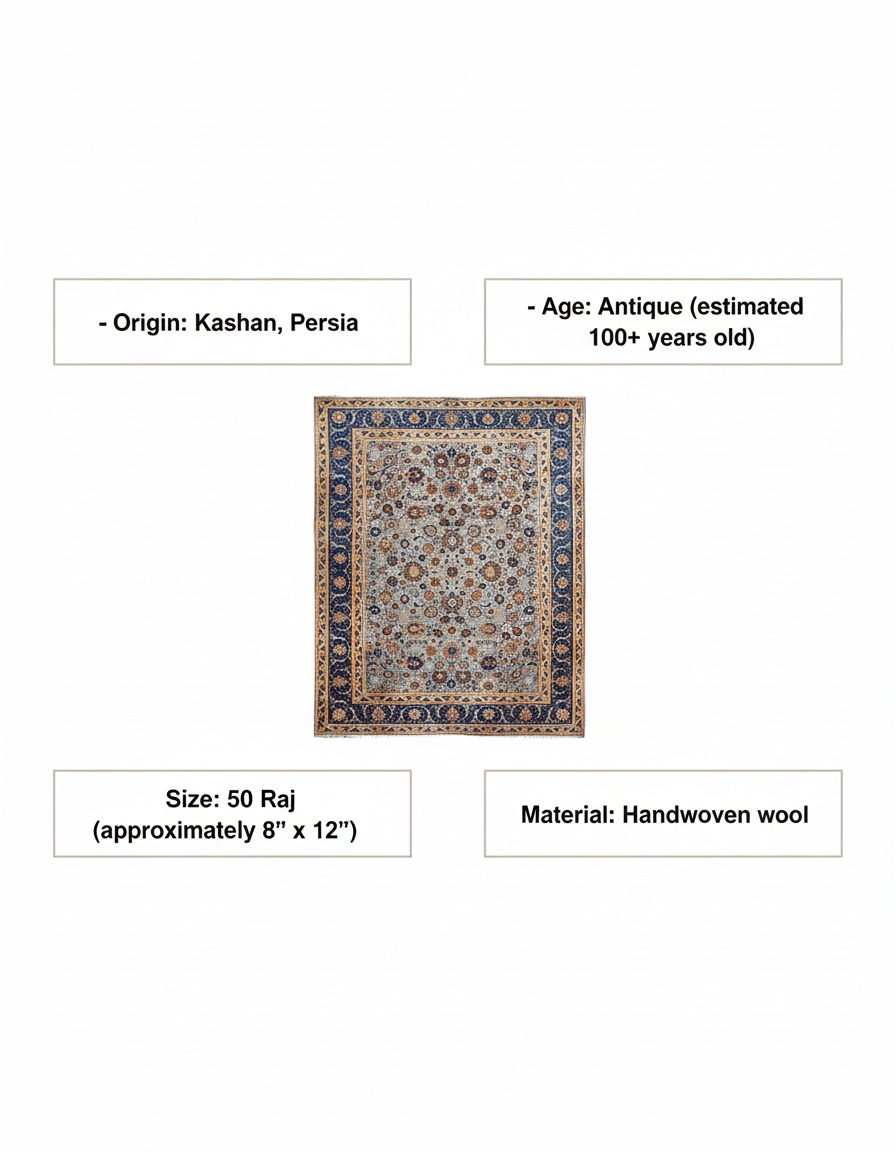<h1>Afghan War Rug with Helicopter Motif: Understanding Value and Authenticity</h1>
<h2>What Is an Afghan War Rug with Helicopter Imagery?</h2>
<p>Afghan war rugs are textiles woven during periods of regional conflict—most notably the Soviet-Afghan War—that incorporate symbolic imagery related to warfare. The helicopter motif is particularly distinctive, representing the aircraft that played significant roles in the conflict. These rugs blend traditional Afghan weaving techniques with contemporary, politically charged imagery, creating pieces that are both culturally significant and visually striking.</p>
<p>If you're wondering <strong>what is an Afghan war rug</strong>, it's essentially a handwoven textile that emerged from a specific historical moment. Rather than traditional floral or geometric patterns, these rugs feature tanks, guns, helicopters, and other military symbols. This fusion of ancient craft with modern conflict has made them increasingly valuable to collectors and historians alike.</p>
<p>The helicopter war rug represents one of the most recognizable variants of this genre. The imagery reflects the impact of aerial warfare on the Afghan consciousness and became a way for weavers to document and process the events unfolding around them. Whether you're inheriting one, considering a purchase, or simply curious about value, understanding these rugs is the first step.</p>
<div class="callout tip"><p><strong>Pro Tip</strong></p>
<p>Afghan war rugs aren't just decorative items—they're historical artifacts that tell the story of a nation during turbulent times. This cultural significance often makes them more valuable than standard Afghan rugs.</p></div>
<h2>How to Identify and Authenticate an Afghan War Rug</h2>
<p>Determining whether your Afghan rug is authentic begins with careful inspection of construction and materials. <strong>Authentic Afghan war rugs are hand-knotted</strong>, which means each knot is tied individually by skilled weavers. This process creates slight irregularities in the weave that machine-made reproductions cannot replicate.</p>
<h3>Key Authentication Markers</h3>
<p>Look for these characteristics when assessing authenticity:</p>
<ul>
<li><strong>Hand-knotted construction</strong>: The back of the rug should show individual knots, not a flat, uniform weave.</li>
<li><strong>Natural wool and dyes</strong>: Quality Afghan rugs use wool from sheep and organic or traditionally prepared dyes, which often create subtle color variations.</li>
<li><strong>Weaving irregularities</strong>: Perfect uniformity is often a sign of machine production; slight variations indicate handwork.</li>
<li><strong>Age-appropriate wear</strong>: The rug's wear patterns should be consistent with its claimed age.</li>
</ul>
<p><strong>How can you tell if an Afghan rug is real?</strong> The most reliable method is professional authentication. Reproductions have become increasingly sophisticated, and lab analysis can confirm whether the materials and aging are genuine. If you suspect your rug might be a reproduction or if you need documentation for insurance or sale purposes, a certified appraiser can arrange for material testing.</p>
<div class="callout info"><p><strong>Did You Know?</strong></p>
<p>Some Afghan war rugs have been created more recently to meet collector demand. This is why examining provenance and getting expert verification is so important.</p></div>
<p>Many people also wonder <strong>how to tell if a rug is vintage</strong>. True vintage Afghan rugs typically show specific wear patterns on the back, consistent fading in dyed areas, and authentic aging of the fiber. An experienced appraiser can distinguish between a rug that's genuinely 30+ years old and one that's been artificially aged.</p>
<h2>Understanding the Value Factors Behind Helicopter War Rugs</h2>
<p>The value of an Afghan war rug with helicopter motif depends on multiple interconnected factors. While contemporary pieces with helicopter imagery typically range from a few hundred to several thousand dollars, larger, rarer, or well-documented examples can command significantly higher prices.</p>
<h3>Critical Value Determinants</h3>
<p><strong>Size and Density</strong>: Larger rugs and those with higher knot density generally command higher prices. A tightly woven piece demonstrates greater artisan skill and durability.</p>
<p><strong>Condition</strong>: Excellent condition—vibrant colors, intact fringe, no major stains or repairs—substantially increases value. <a href="https://appraisetitnow.com/blog/the-impact-of-condition-on-artwork-appraisals">Understanding the impact of condition on artwork appraisals</a> applies equally to textiles and war rugs.</p>
<p><strong>Age and Rarity</strong>: Earlier war rugs from the 1980s are often more valuable than later examples. Helicopter motifs, while recognizable, are less common than tank or gun imagery, adding to their desirability.</p>
<p><strong>Provenance and Documentation</strong>: Rugs with clear ownership history, exhibition records, or published references are significantly more valuable. <a href="https://appraisetitnow.com/blog/exploring-the-role-of-provenance-in-art-appraisals-assessing-historical-significance">Exploring the role of provenance in art appraisals</a> demonstrates how crucial this factor is for collectible items.</p>
<p><strong>Materials and Dyes</strong>: High-quality wool and natural dyes indicate superior craftsmanship and longevity, both of which enhance value.</p>
<h3>Why Are Afghan Rugs So Expensive?</h3>
<p>You might ask, <strong>why are Afghan rugs so expensive?</strong> The answer lies in the labor-intensive creation process and materials used. Each rug requires hundreds or thousands of hours of hand-knotting, natural dyes (some of which are increasingly rare), and wool of varying quality. War rugs command additional premiums due to their historical significance and the cultural narratives they encode.</p>
<div class="callout note"><p><strong>Market Insight</strong></p>
<p>Afghan war rugs are valued for cultural and historical significance rather than as financial investments alone. Markets fluctuate, so purchasing primarily for investment returns requires careful documentation and market monitoring.</p></div>
<p><strong>What factors make a helicopter war rug more valuable than a regular Afghan rug?</strong> Beyond the helicopter motif itself, value drivers include early production dates, exceptional knot density, strong provenance, exhibition history, and rugs produced by well-known or documented weaving groups. A helicopter rug by a celebrated tribal weaver or from a significant collection will outperform an anonymous contemporary piece.</p>
<h2>Regional Origin and Weaving Traditions</h2>
<p><strong>Where are Afghan war rugs made, and does origin affect value?</strong> Many war rugs originate from weaving regions in northern and western Afghanistan where tribal traditions are particularly strong. Regions like Kandahar, Herat, and Mazar-i-Sharif have distinct weaving styles, and certain tribes have become associated with higher-quality or more sought-after pieces.</p>
<p>Rugs from specific areas or tribal groups often command premiums if their reputation for craftsmanship precedes them. <strong>Are rugs made in Afghanistan good quality?</strong> Yes—Afghan rugs are traditionally recognized for fine materials and intricate knotting. However, quality varies based on weaver skill, materials used, and market pressures. A professional appraiser can identify regional characteristics and assess whether a piece represents the best of its tradition.</p>
<p>Understanding regional styles is an important part of valuation. <a href="https://appraisetitnow.com/blog/exploring-the-role-of-regional-styles-in-art-appraisals-understanding-local-markets">Exploring the role of regional styles in art appraisals</a> provides deeper context for how geographic origin influences collector interest and market pricing.</p>
<h2>Comparing Afghan War Rugs to Other Rug Types</h2>
<p><strong>What is the difference between Afghan rugs and Persian rugs?</strong> While both originate from the broader Middle Eastern region, they differ in weaving traditions, knot density, design elements, and market positioning. Persian rugs (from modern-day Iran) are often older and carry centuries of refined traditions. Afghan rugs, particularly war rugs, represent a different cultural moment and weaving approach.</p>
<p>Persian rugs typically command higher prices in the traditional market, but Afghan war rugs have carved out their own niche due to historical and cultural interest. <strong>How do I identify an Afghan rug?</strong> Look for the characteristic materials (typically wool), knot patterns consistent with Afghan traditions, and design elements that reflect Afghan aesthetic preferences.</p>
<p>For collectors interested in <a href="https://appraisetitnow.com/blog/appraising-tribal-rugs-and-textiles-exploring-artistic-traditions-and-techniques">appraising tribal rugs and textiles</a>, understanding these distinctions is essential. Afghan war rugs occupy a unique intersection of tribal textile traditions and contemporary historical documentation.</p>
<div class="callout tip"><p><strong>Pro Tip</strong></p>
<p>If you're trying to distinguish your rug's origin, photograph the knot pattern on the back and bring documentation of any labels, dealer information, or purchase records to your appraisal appointment.</p></div>
<p><strong>How much should you pay for a Persian rug?</strong> Pricing varies enormously—from hundreds to hundreds of thousands of dollars—based on age, size, condition, and provenance. Similarly, <strong>how old does a Persian rug have to be to be considered an antique?</strong> Generally, pieces over 100 years old are classified as antique, though some markets use 75-year thresholds. Afghan war rugs, being more recent, are typically classified as contemporary collectibles rather than antiques.</p>
<h2>Preparing for a Professional Appraisal</h2>
<p>Getting a professional appraisal is the most reliable way to understand your Afghan war rug's market value and establish documentation for insurance, sale, or estate purposes. AppraiseItNow connects you with <a href="https://appraisetitnow.com">credentialed specialists certified by organizations</a> like the International Society of Appraisers (ISA), American Society of Appraisers (ASA), and others, all adhering to <strong>USPAP</strong> (Uniform Standards of Professional Appraisal Practice).</p>
<h3>Before Your Appraisal Appointment</h3>
<p><strong>Should I clean or repair my Afghan war rug before getting an appraisal?</strong> Do not attempt aggressive cleaning or DIY repairs. Cleaning can remove evidence used to date and authenticate the rug, potentially reducing its value. Light surface dusting and good photographs are acceptable, but consult a conservator or appraiser before any restoration work.</p>
<p><strong>What documentation should I gather?</strong></p>
<ol>
<li>Purchase receipts or dealer invoices</li>
<li>Photographs (front, back, and detail shots of the helicopter motif)</li>
<li>Any labels, tags, or provenance documentation</li>
<li>Information about where and when the rug was acquired</li>
<li>Previous appraisals or insurance valuations</li>
</ol>
<p><strong>How do dealers and appraisers determine the value of a war rug with a helicopter design?</strong> Specialists:</p>
<ul>
<li>Compare similar sales from auction records and dealer inventories</li>
<li>Examine condition, size, and materials firsthand</li>
<li>Analyze knot density and dye characteristics</li>
<li>Research provenance and exhibition history</li>
<li>Assess current collector interest and market trends</li>
</ul>
<p>For those collecting items of historical significance, <a href="https://appraisetitnow.com/blog/what-do-appraisers-look-for-when-appraising-antique-artwork">understanding what appraisers look for when appraising antique artwork</a> provides useful context—many principles apply to textiles as well.</p>
<div class="callout info"><p><strong>Online vs. In-Person Appraisals</strong></p>
<p>AppraiseItNow offers both online and in-person services. For initial valuations, you can submit clear photographs and descriptions securely. Complex pieces or high-value items often benefit from in-person examination.</p></div>
<h2>Investment Potential and Market Considerations</h2>
<p><strong>Are Afghan war rugs with helicopters a good investment?</strong> They can be collectible and do retain value for many buyers, particularly if you maintain condition and document provenance. However, these rugs are primarily valued for cultural and historical significance rather than guaranteed financial returns.</p>
<p><strong>Do rugs hold their value?</strong> Yes, quality rugs can appreciate over time, especially if they're well-maintained and have strong provenance. Market demand fluctuates based on collector interest in Afghan history, textile arts, and contemporary décor trends. For potential investors, understanding <a href="https://appraisetitnow.com/blog/the-influence-of-rarity-and-demand-on-the-value-of-personal-property">the influence of rarity and demand on the value of personal property</a> is essential.</p>
<p>Market trends also matter. <a href="https://appraisetitnow.com/blog/the-impact-of-market-trends-on-personal-property-appraisals-a-comprehensive-analysis-3">The impact of market trends on personal property appraisals</a> explores how broader shifts in collector interest affect valuations. Afghan war rugs, having gained prominence among serious collectors over the past decade, represent a relatively stable segment—but that stability depends on maintaining authenticated condition and clear provenance.</p>
<div class="callout note"><p><strong>Key Consideration</strong></p>
<p>If you're purchasing or holding a helicopter war rug as an investment, document everything about its condition and provenance now. Updated appraisals every few years can help you track value and maintain appropriate insurance coverage.</p></div>
<h2>Getting Your Afghan War Rug Appraised</h2>
<p>Whether you're selling, insuring, settling an estate, or simply curious about your piece's worth, a professional appraisal provides the clarity and documentation you need. At AppraiseItNow, we connect you with <strong>credentialed appraisers</strong> experienced in <a href="https://appraisetitnow.com/types/personal-property">personal property appraisals</a>, <a href="https://appraisetitnow.com/types/artwork">artwork valuation</a>, and <a href="https://appraisetitnow.com/types/memorabilia-and-collectibles">memorabilia and collectibles</a>.</p>
<p>Our specialists are certified by recognized organizations and follow strict USPAP standards, ensuring your appraisal is legally defensible and detailed. You can <a href="https://appraisetitnow.com">submit photographs, descriptions, and documentation securely online</a>—no office visit necessary—or arrange an in-person appointment for more complex assessments.</p>
<p>For more information on how appraisals work, explore our guides on <a href="https://appraisetitnow.com/blog/tips-for-obtaining-accurate-personal-property-appraisals">tips for obtaining accurate personal property appraisals</a> and <a href="https://appraisetitnow.com/blog/what-do-you-need-to-know-before-getting-a-memorabilia-and-collectibles-appraisal">what you need to know before getting a memorabilia and collectibles appraisal</a>.</p>
<div class="callout note"><p><strong>Key Takeaway</strong></p>
<p>A professional appraisal of your Afghan war rug with helicopter motif provides authoritative documentation of value, condition, and authenticity—essential whether you're buying, selling, insuring, or preserving this historically significant textile for future generations.</p></div>
<hr />
<p><strong>Ready to get your Afghan war rug valued?</strong> Contact AppraiseItNow today to connect with a specialist appraiser who understands the nuances of Afghan textiles, war rugs, and collector markets. Whether your piece is worth $1,500 or significantly more, professional assessment ensures you have the accurate information needed to make confident decisions.</p>

